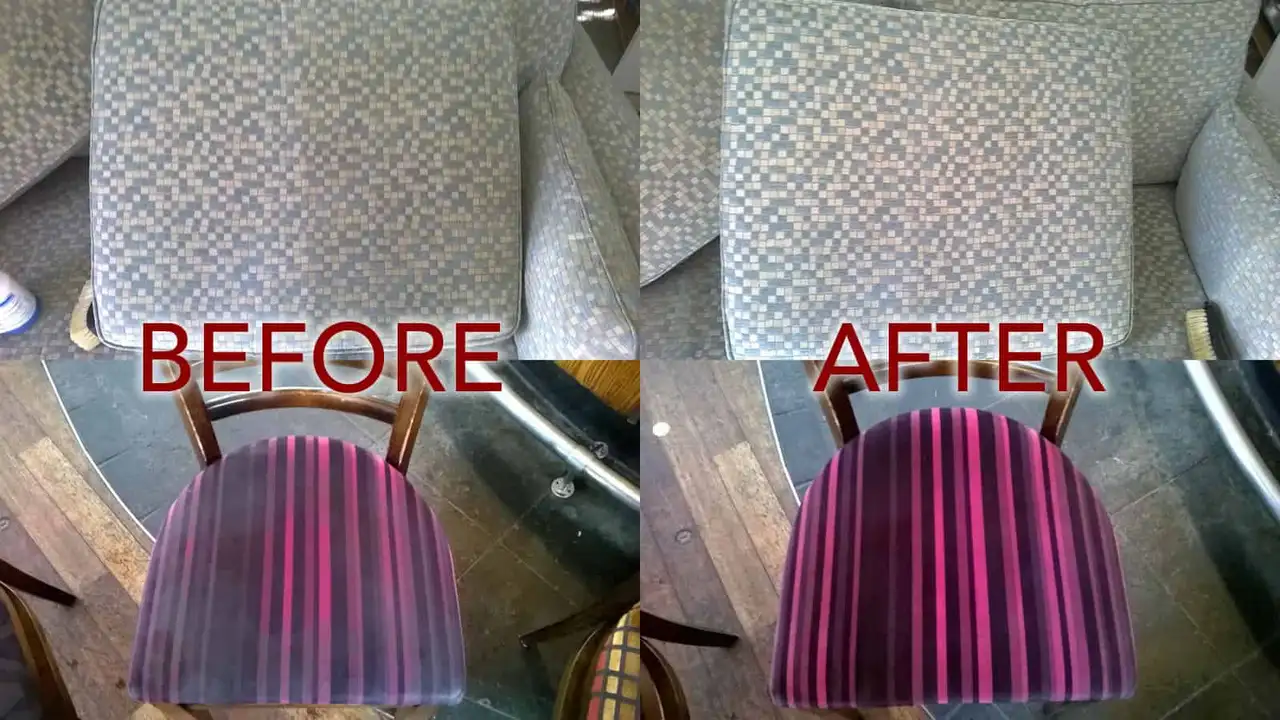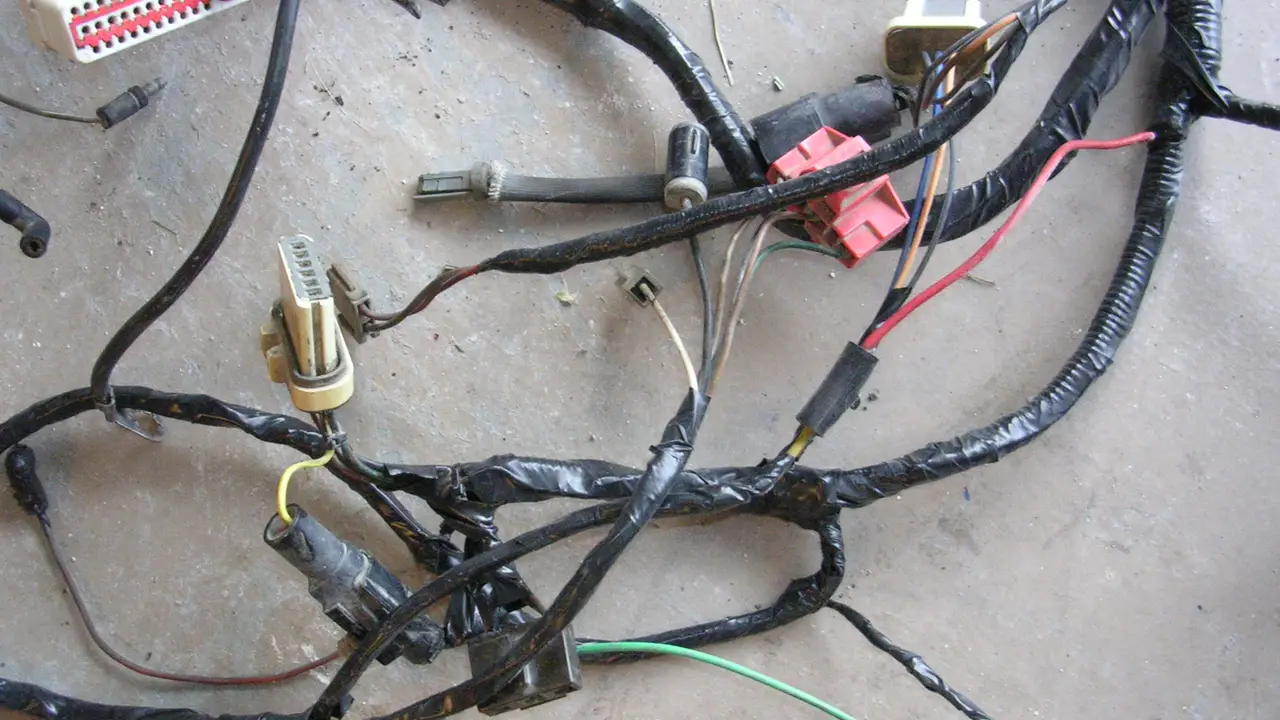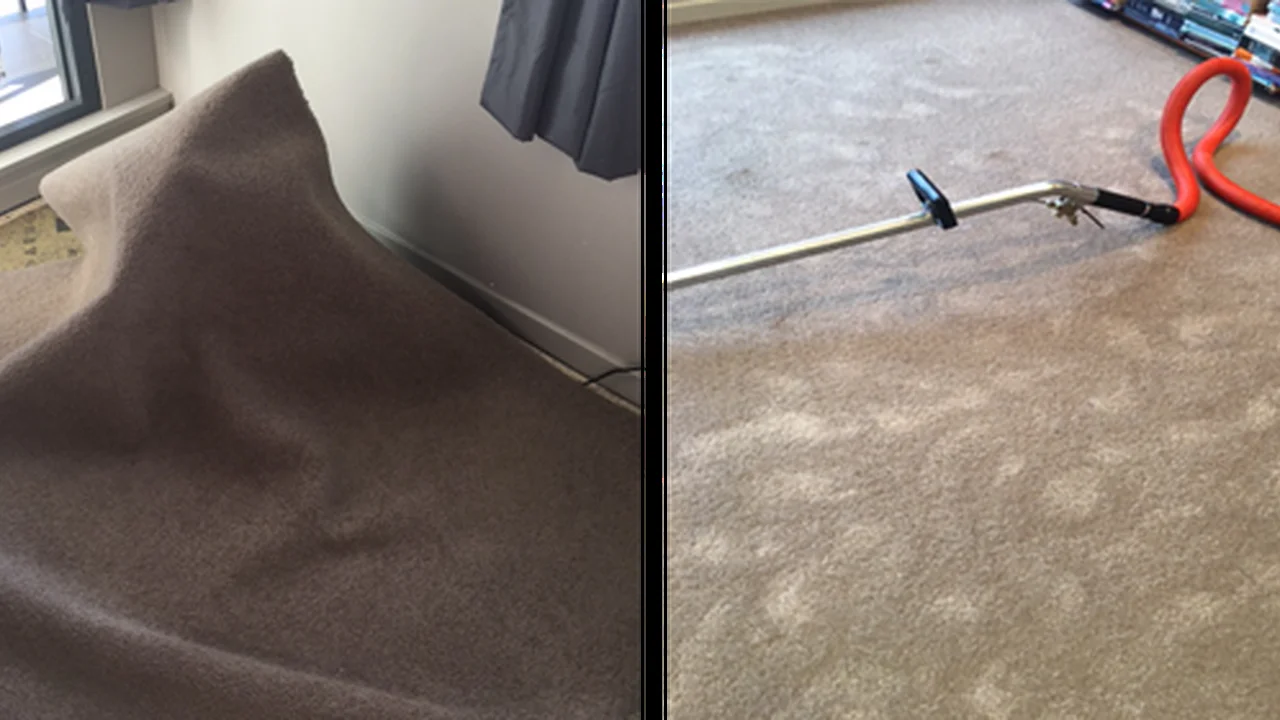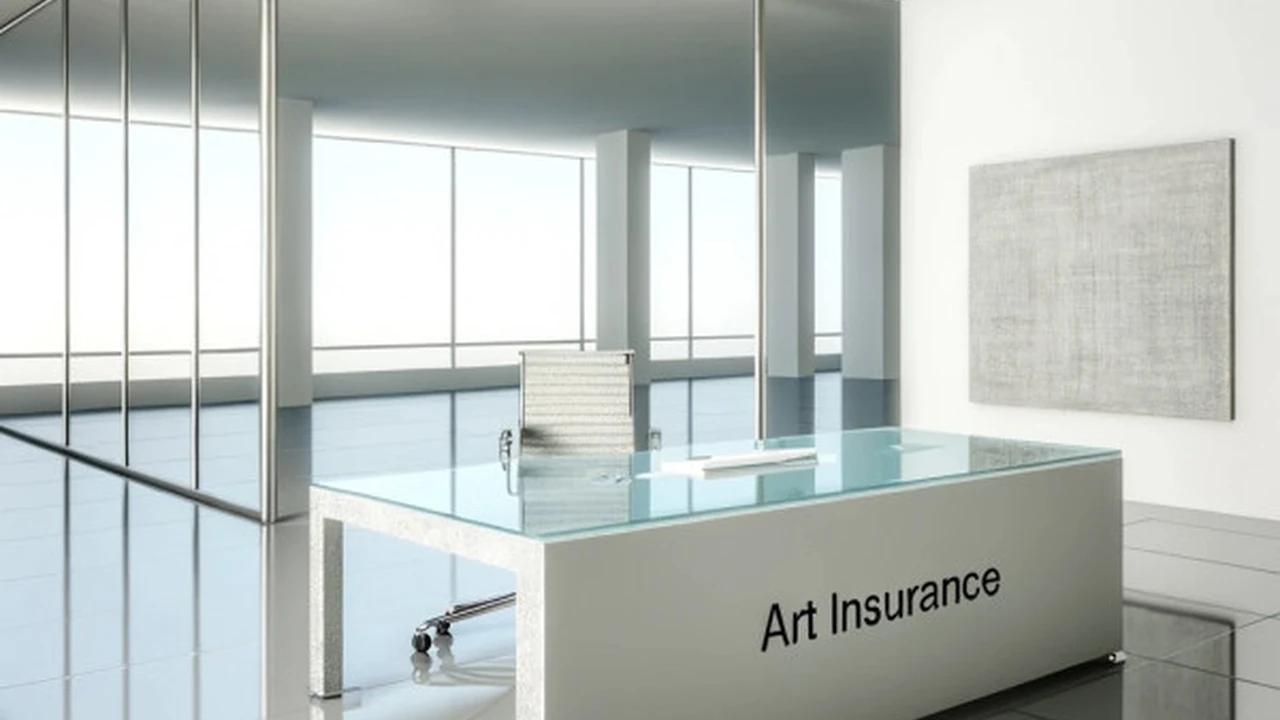Installing New Upholstery: A Professional Approach
Learn how to install new upholstery in your classic car with a professional approach. Understand the importance of proper fit and finish. Enhance the appearance of your interior.

Preparing for Upholstery Installation Classic Car Interior
Okay, so you've got your new upholstery, you've stripped the old stuff off (hopefully without too much trouble!), and you're itching to get that classic car interior looking spiffy. Slow down, partner! Preparation is key. This isn't just slapping some fabric on a seat; it's about craftsmanship and attention to detail. Think of it as surgery for your seats and panels – you wouldn't rush that, would you?
First things first: clean everything. We're talking vacuuming, wiping down surfaces, and generally getting rid of any dust, grime, or leftover adhesive. A clean surface ensures the new upholstery adheres properly and prevents any unwanted bumps or imperfections. Use a good quality interior cleaner like 303 Aerospace Protectant on vinyl or leather surfaces. For fabric, a mild detergent and water solution will do the trick. Just make sure everything is completely dry before you start the next step.
Next, inspect the underlying structure. Are there any broken springs in the seats? Is the foam padding crumbling? Now's the time to address these issues. Replacing or repairing these components now will save you headaches (and backaches!) later. Worn-out seat springs can be replaced with new ones from companies like Eaton Detroit Spring, or you can often find suitable replacements at salvage yards. For foam padding, consider using high-density foam from a local upholstery supplier like Joann Fabrics. Cut it to the appropriate size and shape for a perfect fit.
Finally, gather your tools. You'll need things like hog ring pliers and hog rings, a staple gun (an air-powered one is ideal), a seam ripper (for any necessary adjustments), and a good pair of scissors or a utility knife. Don't skimp on quality tools; they'll make the job much easier and produce better results. Consider a pneumatic hog ring plier from companies like Astro Pneumatic Tool for faster and more consistent results. Also, have a heat gun handy to help stretch and form the new material around curves.
Understanding Upholstery Fit and Finish Classic Car Restoration
Fit and finish – these are the buzzwords of any good upholstery job. It's not just about getting the fabric on; it's about how it looks, how it feels, and how well it holds up over time. A professional-looking upholstery job should be smooth, wrinkle-free, and evenly tensioned. The seams should be straight and strong, and the overall appearance should complement the style and era of your classic car.
One of the most critical aspects of fit is proper alignment. Before you start attaching the new upholstery, take the time to carefully align it with the underlying structure. Make sure the seams are centered, the patterns are straight, and the fabric is evenly distributed. Use pins or clamps to hold the upholstery in place while you make adjustments. Patience is your friend here. Don't rush the process; take your time to get it right.
Tension is another key factor. The upholstery needs to be tight enough to prevent wrinkles and sagging, but not so tight that it puts undue stress on the seams or the underlying structure. Use your hands to smooth out the fabric and distribute the tension evenly. A heat gun can also be helpful for stretching and conforming the upholstery around curves and contours. Just be careful not to overheat the fabric, as this can cause it to shrink or discolor.
Seam quality is also essential. The seams should be straight, strong, and evenly spaced. Use a high-quality thread that matches the color and material of the upholstery. A walking foot sewing machine is ideal for sewing upholstery, as it helps to feed the fabric evenly and prevent puckering. If you're not comfortable sewing, consider hiring a professional upholsterer to handle the seams.
Essential Tools and Materials for Professional Upholstery Installation
Let's talk tools and materials. You can't build a house with a butter knife, and you can't reupholster a classic car with subpar equipment. Here’s a breakdown of what you'll need to get the job done right:
- Hog Ring Pliers and Hog Rings: These are essential for attaching the upholstery to the seat frame. Hog rings are small metal rings that are crimped around the fabric and the frame. A good pair of hog ring pliers will make this process much easier and faster.
- Staple Gun: A staple gun is used to attach the upholstery to the panels and other surfaces. An air-powered staple gun is ideal, as it provides consistent and reliable stapling. Use stainless steel staples to prevent rust.
- Seam Ripper: A seam ripper is used to remove stitches and make adjustments to the upholstery. A sharp seam ripper is essential for avoiding damage to the fabric.
- Scissors or Utility Knife: A good pair of scissors or a utility knife is needed for cutting the upholstery fabric. A rotary cutter can also be helpful for cutting long, straight lines.
- Contact Cement: Contact cement is used to adhere the upholstery to the panels and other surfaces. Choose a high-quality contact cement that is specifically designed for upholstery. 3M Super 77 is a popular choice.
- Upholstery Fabric: Choose a high-quality upholstery fabric that is appropriate for your classic car. Consider factors like durability, appearance, and authenticity. Companies like SMS Auto Fabrics specialize in reproduction fabrics for classic cars.
- Foam Padding: Replace any worn-out foam padding with high-density foam. This will improve the comfort and support of your seats.
- Thread: Use a high-quality thread that matches the color and material of the upholstery. A heavy-duty thread is recommended for upholstery.
- Heat Gun: A heat gun can be used to stretch and conform the upholstery around curves and contours. Be careful not to overheat the fabric.
- Measuring Tape: A measuring tape is essential for accurately measuring the upholstery fabric and the underlying surfaces.
- Pins and Clamps: Pins and clamps are used to hold the upholstery in place while you make adjustments.
Step-by-Step Guide Upholstery Installation Techniques Classic Cars
Alright, let's get down to brass tacks. Here’s a simplified step-by-step guide to installing new upholstery. Remember, every car is different, so you might need to adapt these steps to your specific situation. Always consult your car's service manual or a professional upholsterer if you're unsure about something.
- Remove the Old Upholstery: Carefully remove the old upholstery, taking note of how it was attached. Use a seam ripper to remove any stitches and hog rings.
- Clean and Inspect the Underlying Structure: Clean the underlying structure and inspect it for any damage. Repair any broken springs or replace any worn-out foam padding.
- Cut the New Upholstery Fabric: Cut the new upholstery fabric to the appropriate size and shape. Use the old upholstery as a template, or create your own patterns based on the measurements of the underlying structure.
- Attach the Upholstery to the Seat Frame: Attach the upholstery to the seat frame using hog rings and hog ring pliers. Start by attaching the upholstery to the center of the frame and work your way outwards.
- Stretch and Conform the Upholstery: Stretch and conform the upholstery around the curves and contours of the seat frame. Use a heat gun to help stretch the fabric if necessary.
- Sew the Seams: Sew the seams together using a walking foot sewing machine. Use a high-quality thread that matches the color and material of the upholstery.
- Attach the Upholstery to the Panels: Attach the upholstery to the panels using contact cement and a staple gun. Start by applying contact cement to both the upholstery and the panel. Allow the contact cement to dry for a few minutes, then carefully attach the upholstery to the panel. Use a staple gun to secure the upholstery in place.
- Trim the Excess Fabric: Trim any excess fabric from the edges of the upholstery.
- Install the Upholstered Components: Install the upholstered components back into your classic car.
Product Recommendations Upholstery Installation Classic Car Seats
Let's look at some specific products that can make your upholstery job easier and more professional:
- Hog Ring Pliers: Astro Pneumatic Tool 7837 Hog Ring Pliers ($40-$60). These pneumatic pliers are a game-changer for speed and consistency. They are more expensive than manual pliers but well worth the investment if you have a lot of hog ringing to do.
- Staple Gun: Surebonder 9600B Heavy Duty Staple Gun ($30-$50). This is a reliable and affordable manual staple gun that is perfect for upholstery work. Make sure to use stainless steel staples to prevent rust.
- Contact Cement: 3M Super 77 Multipurpose Adhesive ($15-$20 per can). This is a versatile and easy-to-use contact cement that is perfect for adhering upholstery to panels and other surfaces.
- Upholstery Fabric: SMS Auto Fabrics (prices vary). SMS Auto Fabrics specializes in reproduction fabrics for classic cars. They offer a wide variety of fabrics that are authentic to the original materials used in classic cars.
- Foam Padding: High-Density Foam from Joann Fabrics (prices vary). Joann Fabrics offers a wide variety of high-density foam that is perfect for replacing worn-out seat padding.
Common Mistakes to Avoid Upholstery Installation
Even with the best preparation, mistakes can happen. Here are a few common pitfalls to watch out for:
- Not Cleaning the Underlying Structure: Failing to clean the underlying structure can result in poor adhesion and an unprofessional-looking finish.
- Using the Wrong Tools: Using the wrong tools can make the job much more difficult and can damage the upholstery.
- Cutting the Upholstery Fabric Incorrectly: Cutting the upholstery fabric incorrectly can result in a poor fit and wasted material.
- Not Stretching the Upholstery Fabric Enough: Not stretching the upholstery fabric enough can result in wrinkles and sagging.
- Using Too Much Contact Cement: Using too much contact cement can result in a messy and unprofessional-looking finish.
- Rushing the Process: Rushing the process can result in mistakes and a poor-quality finish. Take your time and pay attention to detail.
Maintaining Your Newly Upholstered Interior Classic Cars
So, you've got your new upholstery installed, and it looks fantastic! Now, how do you keep it that way? Regular maintenance is key to preserving the beauty and longevity of your classic car's interior.
Vacuum regularly to remove dust, dirt, and debris. Use a soft brush attachment to avoid scratching the upholstery. For leather or vinyl surfaces, wipe them down with a damp cloth and a mild cleaner. Avoid using harsh chemicals or abrasive cleaners, as these can damage the upholstery. For fabric surfaces, spot clean any stains with a mild detergent and water solution. Blot the stain with a clean cloth, and avoid rubbing it in. Protect your upholstery from sunlight by parking your car in the shade or using a car cover. Sunlight can cause the upholstery to fade and crack over time.
Adding Value Interior Restoration Classic Cars
Ultimately, a properly executed upholstery job isn't just about aesthetics; it's about adding value to your classic car. A well-maintained and beautifully restored interior can significantly increase the value of your car, especially if you're planning to sell it in the future. It shows potential buyers that you've taken care of your car and that you're serious about preserving its value. Plus, let's be honest, driving a classic car with a gorgeous interior is just plain enjoyable! So, take your time, do it right, and enjoy the fruits of your labor.
:max_bytes(150000):strip_icc()/277019-baked-pork-chops-with-cream-of-mushroom-soup-DDMFS-beauty-4x3-BG-7505-5762b731cf30447d9cbbbbbf387beafa.jpg)






